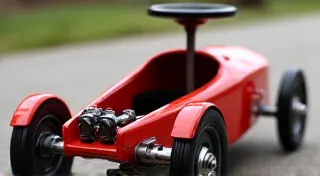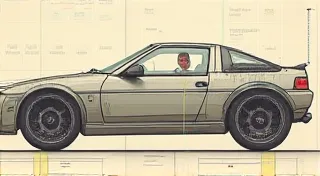Braking Systems for Soap Box Cars: Safety First!
Building and racing soap box cars is a thrilling experience for kids and adults alike. The excitement of the race, the camaraderie, and the hands-on construction all contribute to a fantastic hobby. However, safety should always be the top priority. While soap box cars are designed to rely primarily on gravity for speed, a reliable braking system can be a crucial addition, especially for younger drivers or challenging track conditions.
Why Consider Brakes on a Soap Box Car?
Traditionally, soap box cars don't include brakes. The intended design focuses on controlled momentum and driver skill to navigate the track. However, modern variations and the desire for increased safety often lead builders to incorporate braking systems. Here’s why you might consider adding them:
Types of Braking Systems for Soap Box Cars
There's no single "correct" braking system for a soap box car. The best option depends on your design, budget, and desired level of complexity. Here are a few common approaches:
1. Friction Plate Brake
This is arguably the most popular and relatively simple braking system. It typically involves a friction plate (often made of rubber or a similar material) pressed against the track surface. The pressure can be activated by a lever operated by the driver. Effective designs utilize a wide plate to maximize friction and minimize the risk of skidding. Careful adjustment is needed to avoid excessive friction that could slow the car down too much on straightaways.
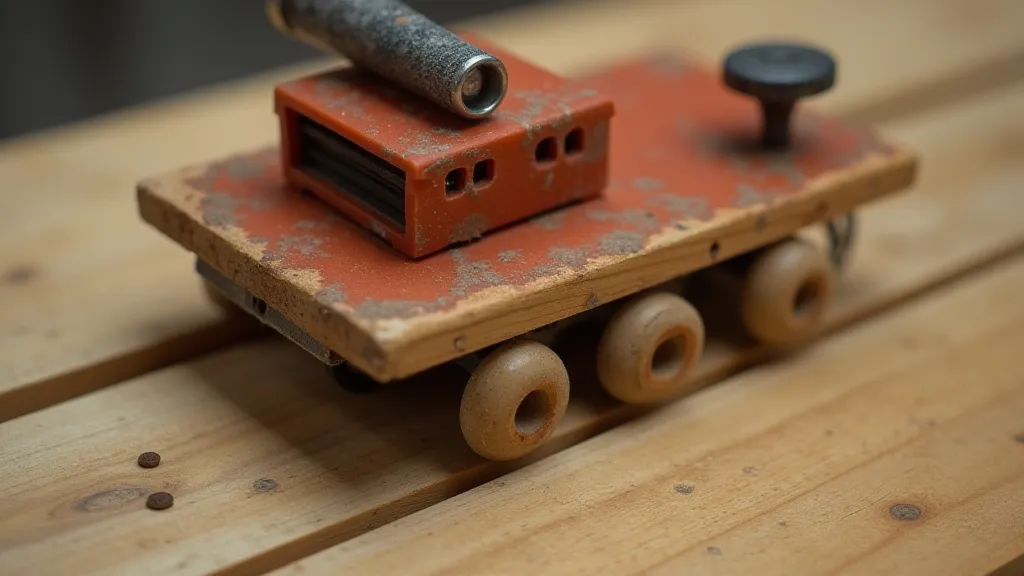
2. Hand-Operated Drum Brake
Similar to brakes found on bicycles, a drum brake uses a hand-operated lever to press brake shoes against the inside of a rotating drum. This requires more fabrication skill and materials but provides a more powerful braking force. The drum typically needs to be attached to the rear wheel and carefully aligned to prevent binding.
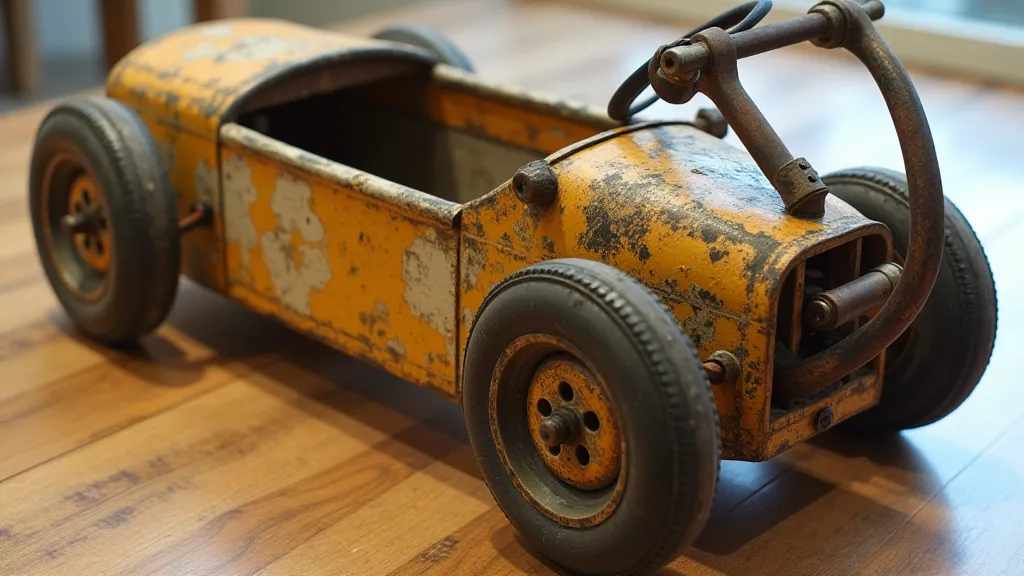
3. Foot-Operated Brake (Less Common)
A less frequently used option involves a foot-operated lever that presses a friction plate against the track. This can be challenging to implement effectively due to the need to balance steering and braking simultaneously. However, with careful design, it can offer a more intuitive braking experience for some drivers.
4. Simplified Friction System (Emergency Brake)
For a very basic and accessible option, consider a simple friction "emergency brake" where a lever quickly engages a rubber block against the track. This isn't intended for consistent use but can be a valuable safety net in unexpected situations. It's a good starting point for beginners. Even the simplest braking system, when combined with a well-designed chassis, can create a compelling and enjoyable racing experience. For those wanting to get started with the basics, check out our guide on how to build a soap box car for beginners.
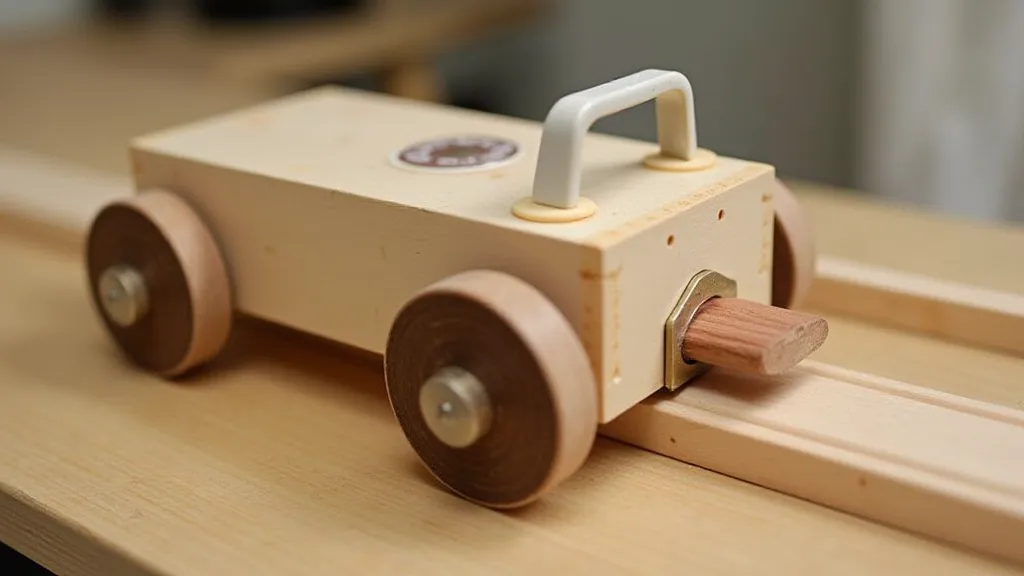
Designing for Speed and Style: Beyond the Brakes
While a reliable braking system is paramount for safety, it’s important to remember that soap box car racing is about more than just stopping quickly. The visual appeal and overall design also contribute to the racing experience. Thinking about the aesthetic can be just as important as the mechanics. Consider the narrative you're trying to tell with your design—are you aiming for a vintage racer, a futuristic speedster, or something else entirely? This element of design can dramatically enhance the overall impression, and you can explore many creative ideas in our article on soap box car design ideas.
Important Safety Considerations
Adding a braking system to a soap box car can significantly enhance safety and provide a greater sense of control. However, it's vital to understand that the braking system is just one piece of the puzzle. Careful attention to design, construction, and driver training are equally important. Ultimately, soap box car racing is about creating a fun, engaging, and safe experience for everyone involved. The design itself contributes to the “velocity of dreams,” establishing a story that resonates with racers and spectators alike.



